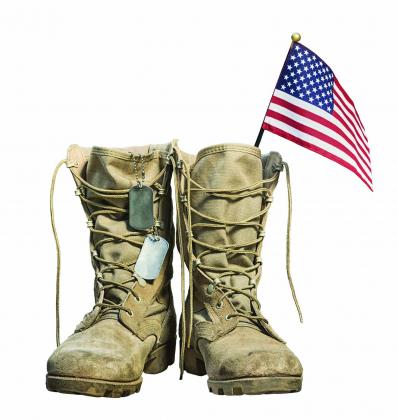Yeah!! Memorial Day is hear!! What will we do? Go to the lake? Have a picnic? A barbeque? Go to Indy for the Indianapolis 500, or Charlotte for the NASCAR Coke A Cola 500? So many choices. For many, that is what Memorial Day means. For others, the true meaning goes back to 1868.
Following the end of the Civil War, General John A. Logan (whom Logan County is named after), commander of the Grand Army of the Republic, issued a proclamation establishing what was then called Decoration Day. First celebrated on May 30, 1868, this day was set aside to remember and decorate the graves of both the Union and Confederate dead from the Civil War. It also established a fixed date when families could decorate the graves in remembrance of fallen loved ones..
There are two schools of thought on why this date was selected. The first recognizes the fact that both Union and Confederate states would have flowers in bloom, and second, that no major Civil War battles occurred on this date.
Following World War I, Decoration Day was expanded to honor all soldiers who lost their lives in any of Americas wars. Through the years the term “Memorial Day” came into more common usage than “Decoration Day.”
In 1968, Congress passed the Uniform Monday Holiday Act, which put major holidays on specific Mondays to give federal employees three-day weekends. Memorial Day was one of these holidays and the act codified the name "Memorial Day" into law. This act, effective in 1971, established the last Monday in May as the official day to celebrate Memorial Day.
One Memorial Day tradition, the wearing of a red poppy, began in 1915 and was inspired by the poem “In Flanders Field” which presented the image of red poppies growing among the graves in the World War I cemeteries in Europe. Shortly before Memorial Day in 1922 the VFW became the first veterans’ organization to nationally sell poppies. Two years later their “Buddy” Poppy program was selling artificial poppies made by disabled veterans.
To ensure the sacrifices of America’s fallen heroes are never forgotten, President Bill Clinton signed into law “The National Moment of Remembrance Act” in December of 2000. The law encourages all Americans to pause wherever they are at 3 p.m. local time on Memorial Day for a minute of silence to remember and honor those who have died in service to the nation.
Placing American Flags on veteran graves in cemeteries and the playing of “Taps” are traditions carried out by individuals, military organizations such as the American Legion and VFW, and by various civic organizations such as the Boy and Girl Scouts.
It is only fitting and proper that these Memorial Day traditions continue to honor those military members who served and in some cases gave their lives to keep our nation free.


